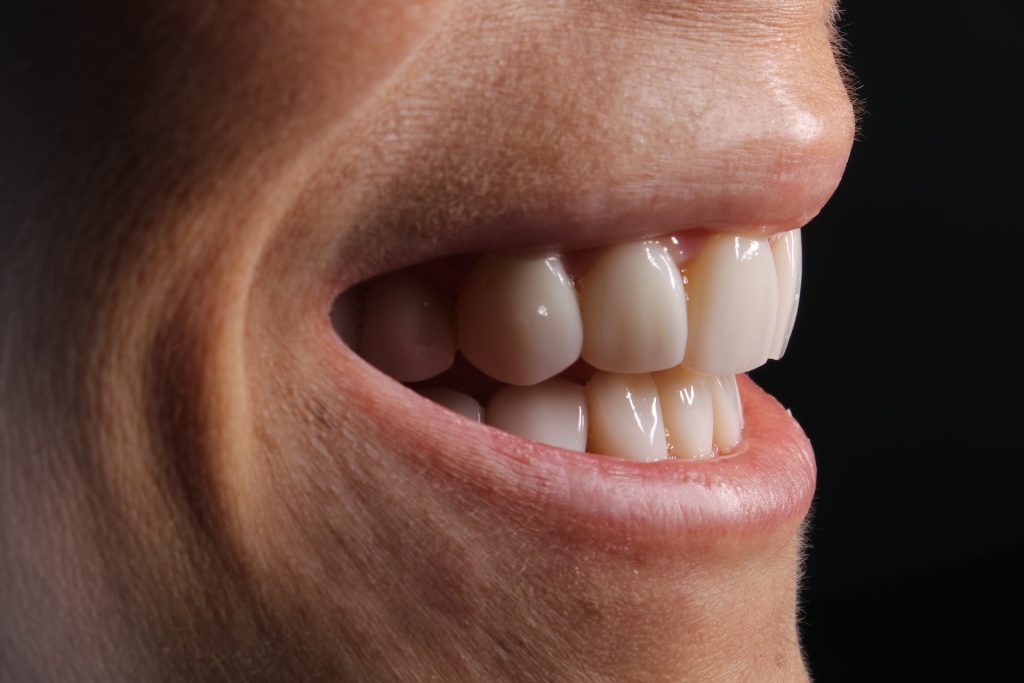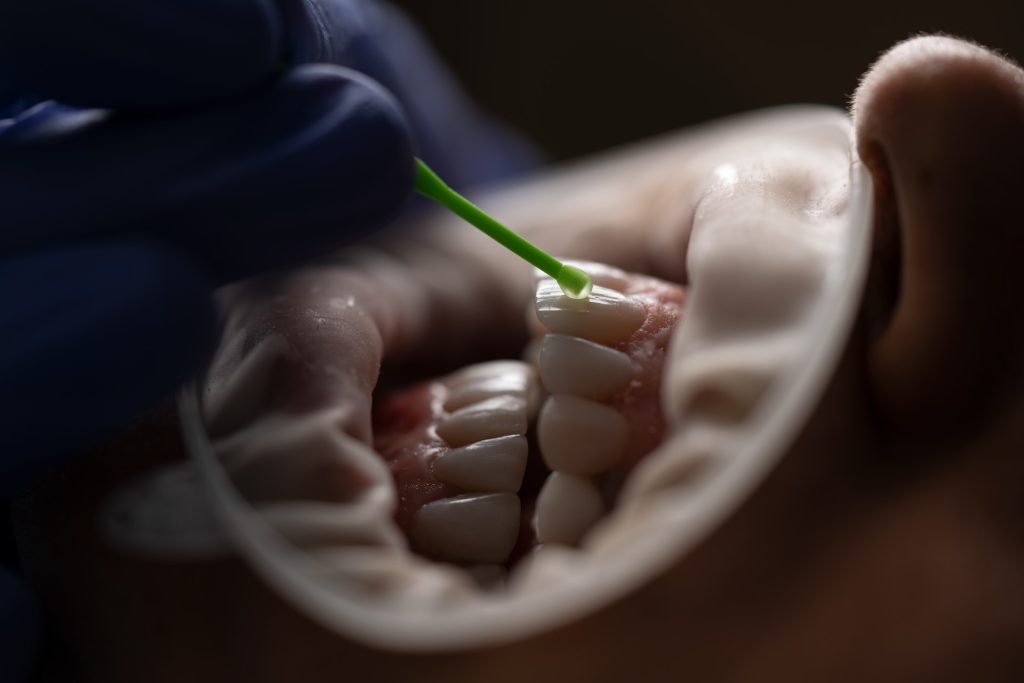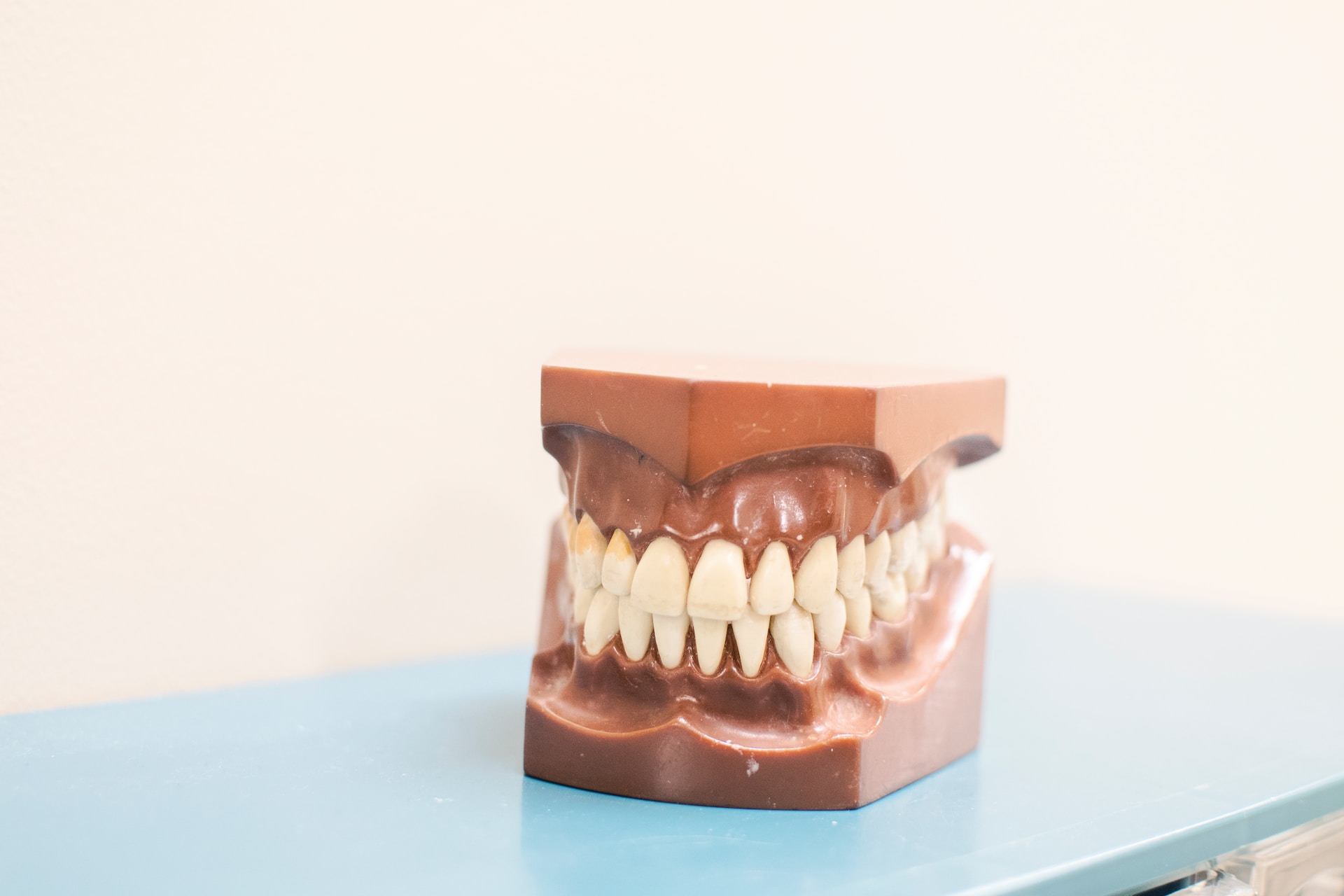Dental veneers are becoming popular in the UK as a way to get a ‘perfect’ smile. While they can boost your confidence, it’s important to know what you’re getting into. This guide talks about the good and bad sides of getting veneers.
What are they?

Veneers are thin covers, usually made from porcelain or a composite material, that go on the front of your teeth. They make your teeth look better by making them whiter and more even.
Why get veneers?
People get veneers for different reasons. Some want to remove tough stains that normal whitening can’t fix. Others want to close small gaps or straighten teeth without using braces. Veneers can also fix chipped or worn teeth.
How it works?
The dentist will remove a small amount of tooth enamel to make space for the veneer. This ensures that it looks natural once it’s glued on. Although veneers can quickly fix many teeth issues, it’s important to know the full process and its long-term effects.
What to watch out for
One issue people worry about is increased tooth sensitivity. This happens because the dentist removes some of the protective tooth enamel. Without it, teeth can be more sensitive to hot and cold, making eating or drinking uncomfortable.
Also, once the enamel is removed, it’s gone forever. As such, getting veneers represents a lifelong decision for those teeth.
Another aspect to consider is color matching. The dentist will try to make the veneers the same color as your other teeth, but sometimes they don’t match perfectly, which can be disappointing.
Lastly, if veneers don’t fit right, they can cause tooth decay. Badly fitted veneers can leave small gaps where bacteria can grow, leading to decay if not cleaned properly. That’s why regular dental check-ups and good oral hygiene are important after getting veneers.
Important risks to know

While veneers are usually safe when done by experts, there are some serious but rare risks.
- One risk is removing too much of the tooth before putting on the veneer. This can harm the tooth in the long run, possibly leading to a root canal or even losing the tooth.
- Another issue could be your gums reacting badly to the veneer, causing redness, swelling, or occasional bleeding. If not sorted, this can affect both gum health and how the veneer looks.
- Even though veneers are strong, they can still break. If you bite something hard or get hit in the face, the veneer might crack or chip.
- As we get older, our natural teeth may move. This can make the veneer not line up with the teeth next to it, affecting how it looks and how you bite.
- Lastly, it’s rare but the veneer might come off, needing you to fix or replace it.
Legal help for bad veneer jobs
If you think something went wrong during your veneer work, it’s important to talk to a solicitor who knows about dental negligence. They can help you understand the legal side, collect the necessary evidence, and speak for you to get you proper compensation for any physical, emotional or financial harm.
Steps to reduce risks
Before getting veneers, do your homework on the dentist, have detailed chats about the treatment, and follow all aftercare tips closely. Regular dental visits help keep an eye on the veneers and fix any problems right away. Keeping your teeth clean and eating wisely can also make your veneers last longer.
By keeping a good relationship with your dentist and following these tips, you can enjoy the look of your veneers while keeping risks and issues to a minimum.
































































